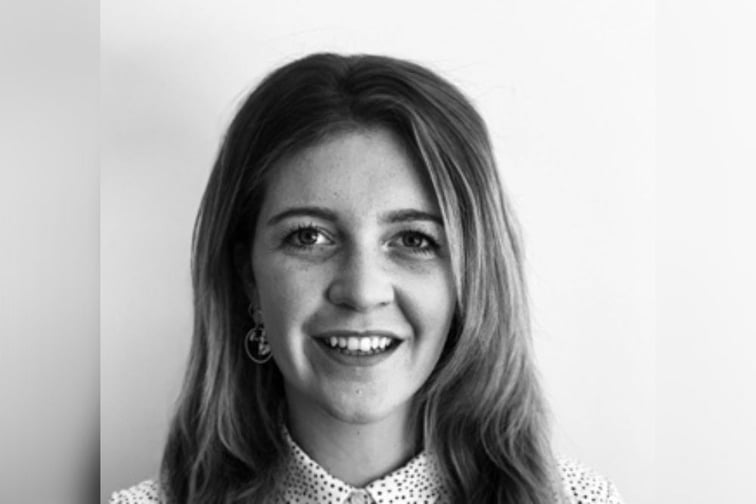

A new analytics platform is helping property designers to scope out housing locations sight unseen, with a development in Sydney being used as a prototype due to lockdown restrictions.
HatchRobertsDay, a leading urban strategy firm, teamed up with Neighbourlytics, a tech company, to help them plan out a development in Sydney’s Castle Hill suburb, despite the architects being unable to physically visit the site due to travel restrictions from Victoria.
The partnership is of interest for property investors, as it represents the next step in location scouting that goes beyond site visits and property inspections.
In an environment where investors are getting further and further away from the properties that they buy, the ability to access vital statistics around suburb makeup and demographics could help to make better decisions on purchases.
Read more: Is the broker pay review really necessary?
“We’re involved in this pilot partnership with Neighbourlytics, who are a social data platform that look at the everyday activity that goes on in urban life,” said Louise Ford, a strategist at HatchRobertsDay.
“As architects, we always look at the buildings and the streets, but we want to look at how people are integrated with the streets and how people are using them between the buildings.
“Our pilot partnership is to test a few features on their new platform, and it came at the perfect time for us – we were in lockdown and couldn’t get onto site.
“We were approached for a strategy at Castle Hill to align thinking and the development thoughts around architecture and ideas to make sure that whatever was produced in planning recommendations and as a strategic angle is benefiting the community.
“The Neighbourlytics angle on this is to make sure that what we’re producing for the future of anyone who works in Castle Hill or any site has the community at the heart of what they do, not necessarily what might look good on a case study.”
While the tech was obviously of great use to HatchRobertsDay while they were locked down, the tech can still be used after restrictions have lifted to help them make better decisions going forward.
“It’s valid whether you’re in lockdown or not in lockdown,” said Louise Ford. “The idea of having data available to you for research basis is super important to our team, and all of our work at HatchRobertsDay is based on evidence, whether it’s through platforms like Neighbourlytics or through GIS data, demographic data and ABS data.”
“The place aspect can seem a little bit vague, because it’s a broad topic. The work we do at HatchRobertsDay is evidence-based, and we base on data from the census and can go beyond the stereotypes and reputations of an area to really understand what the community need, and what data reveals about a building project that has a community and social value.
“Every strategy should be evidence-based, and the evidence that we were able to gather from Neighbourlytics enabled us to put recommendations on the table for developers in the future to look at and ask the relevant questions.
“The data itself measures how people interact with businesses and services, as well as community strength for health and education and what brings the destination appeal – retail spaces, for example, are very prominent in Castle Hill because of the Castle Towers – as well as physical spaces such as public parks.
“Being able to measure the success of these places, and how people interact with them, really provides an insight that goes beyond what you can get by just being stood on site. What we believe is that you need this data to back up your strategies and the work that you do, but it doesn’t replace the need to get on site to understand how nuances develop on a day-to-day basis.
“Having platforms like this is essential to back up on-site visits, not replace them – though it did through lockdown for us.”
